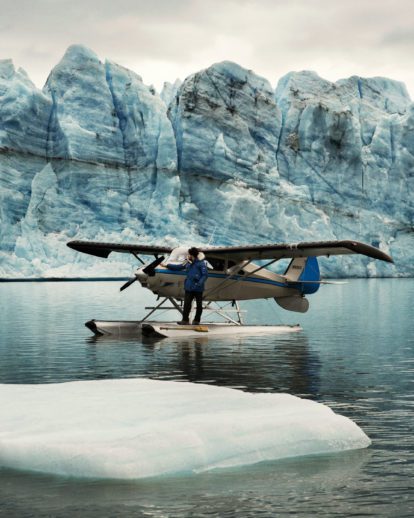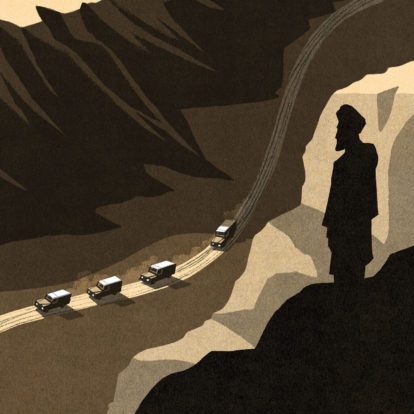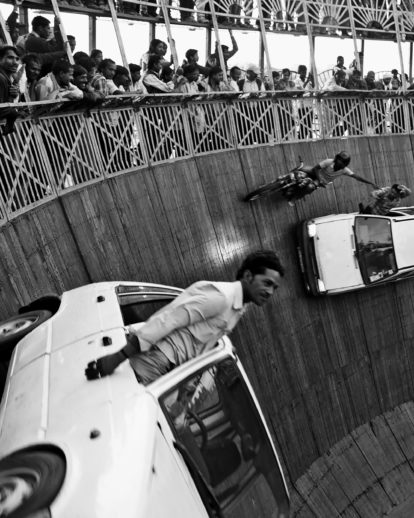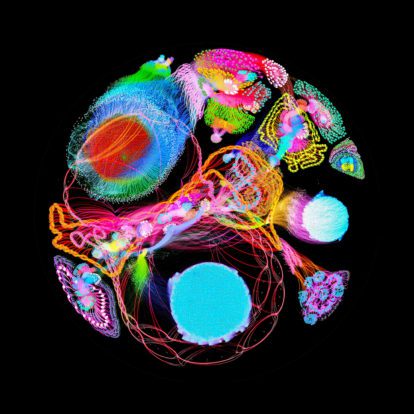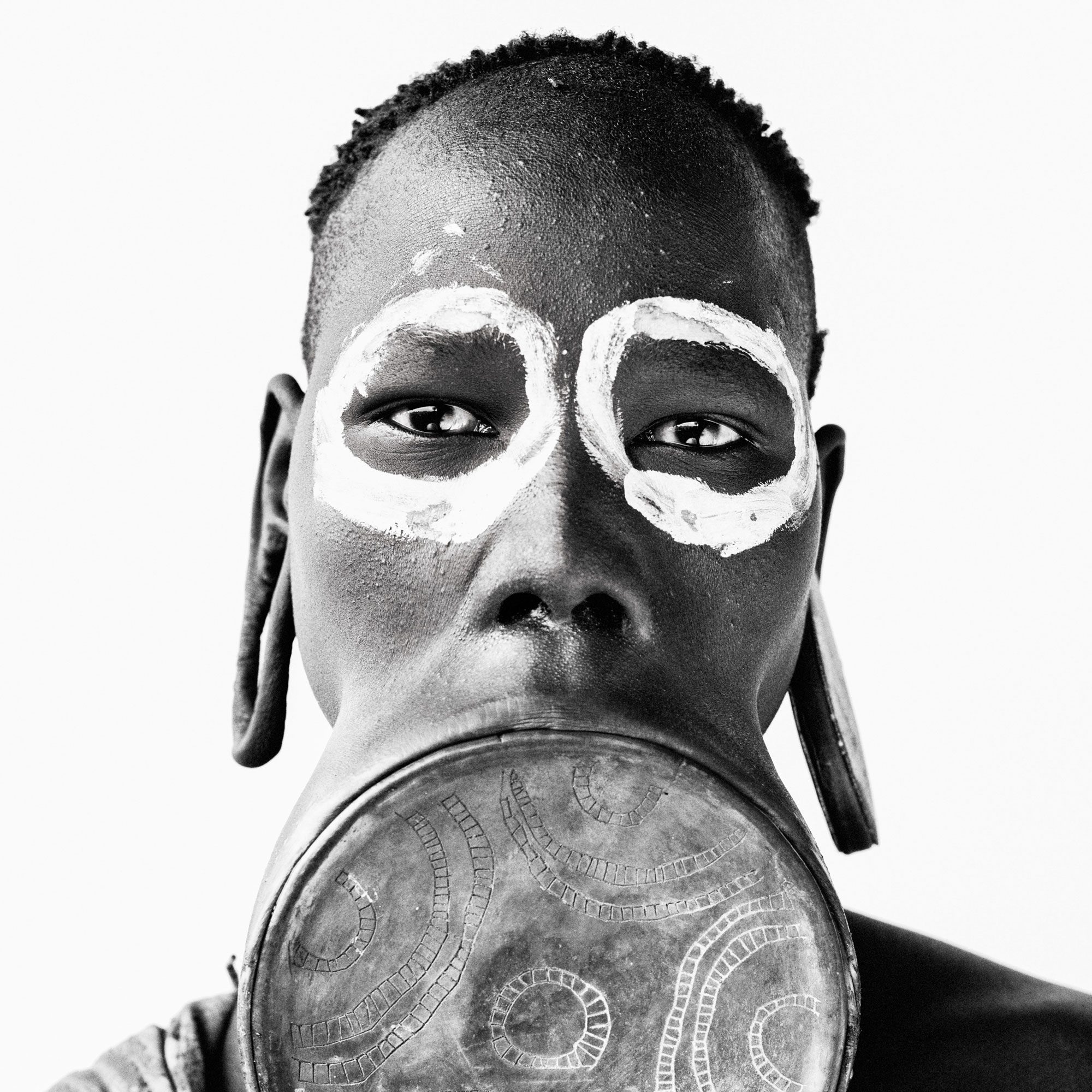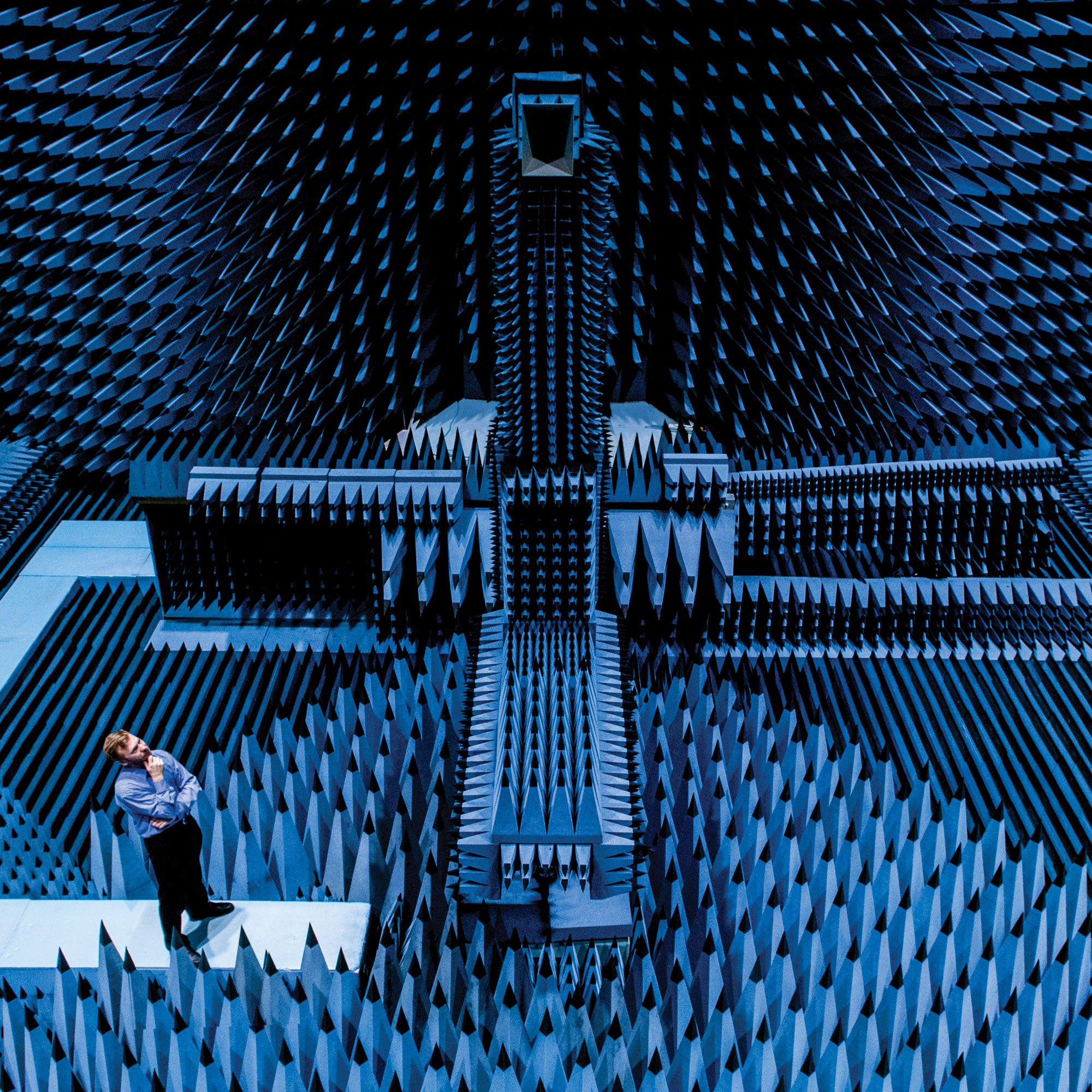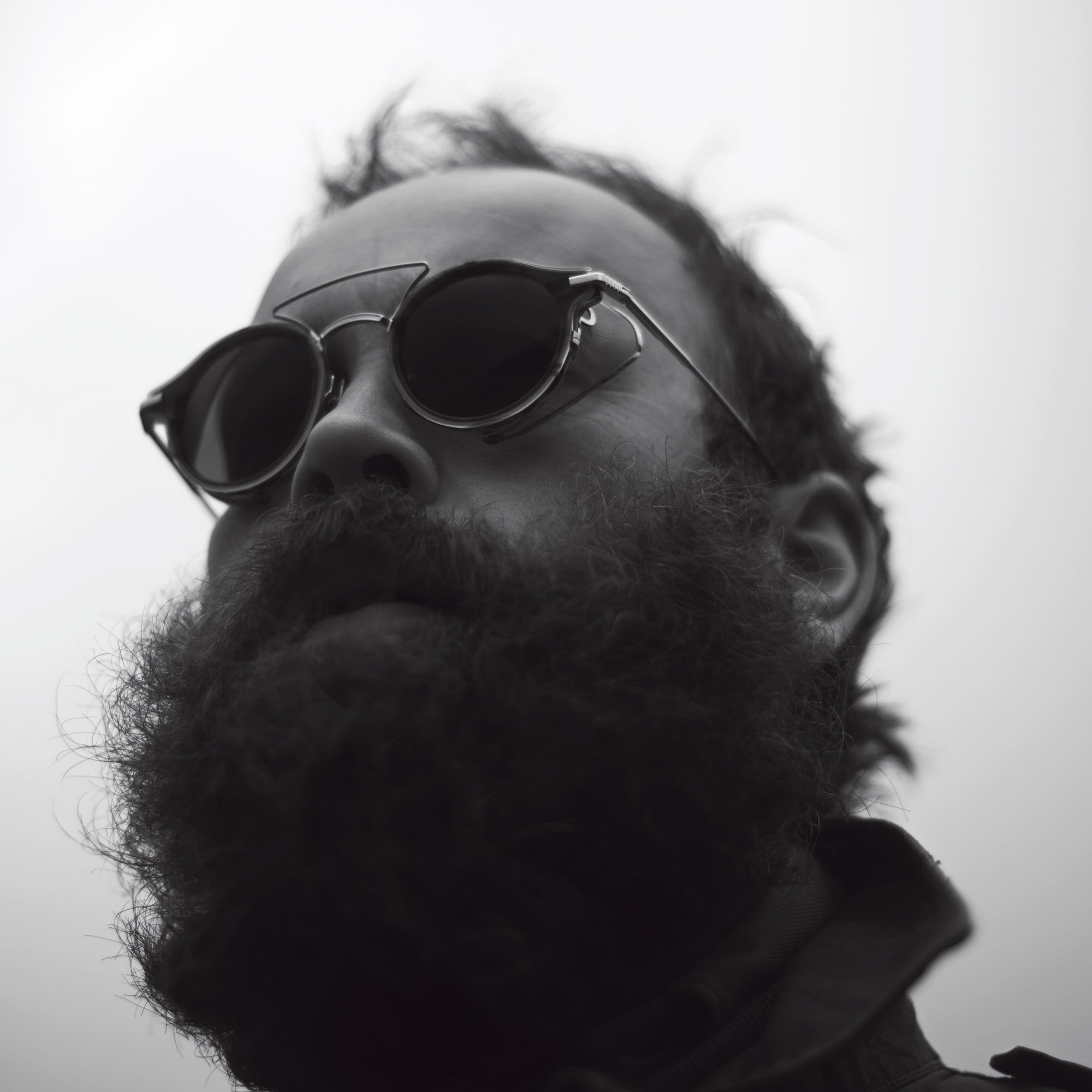Tadao Ando began working on the small island of Naoshima in Japan’s Inland Sea in 1990 when he completed the Benesse House Museum and Hotel. Since then, he has built repeatedly on the island for the same client. Located on a hillside just opposite Benesse House, the Chichu Museum, which opened to the public in July 2004, was created for a small group of art works by James Turrell, Walter De Maria and Claude Monet.
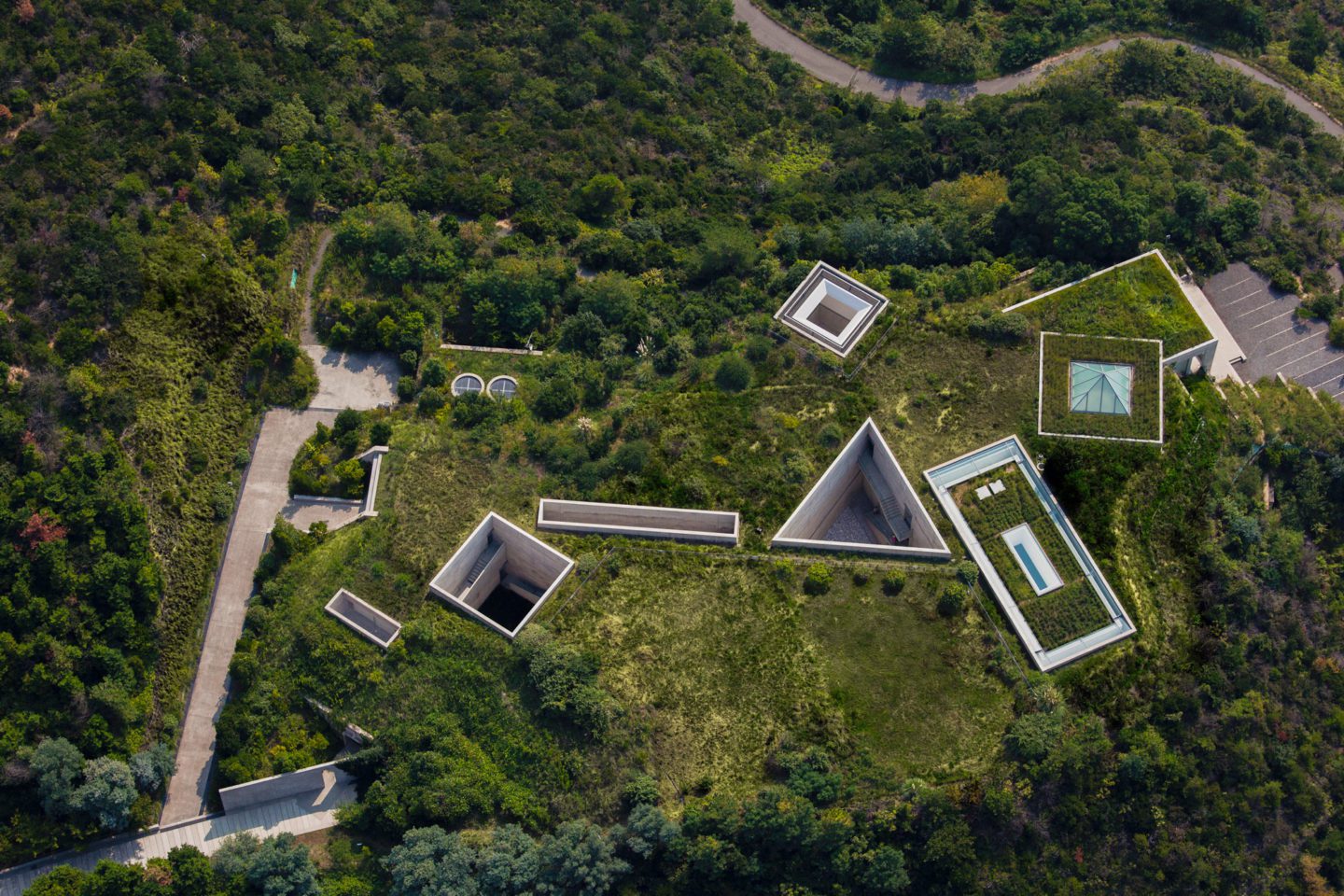
Chichu means “under the earth” in Japanese, and this unusual structure is almost entirely underground because of local environmental protection laws. The exhibition Tadao Ando – The Challenge, which features works from Naoshima as well as other buildings by the Japanese master, is being held at the Armani Silos in Milan until 28 July 2019.
Philip Jodidio is the author of Tadao Ando, Complete Works, 1975-Today (Taschen, 2018).
